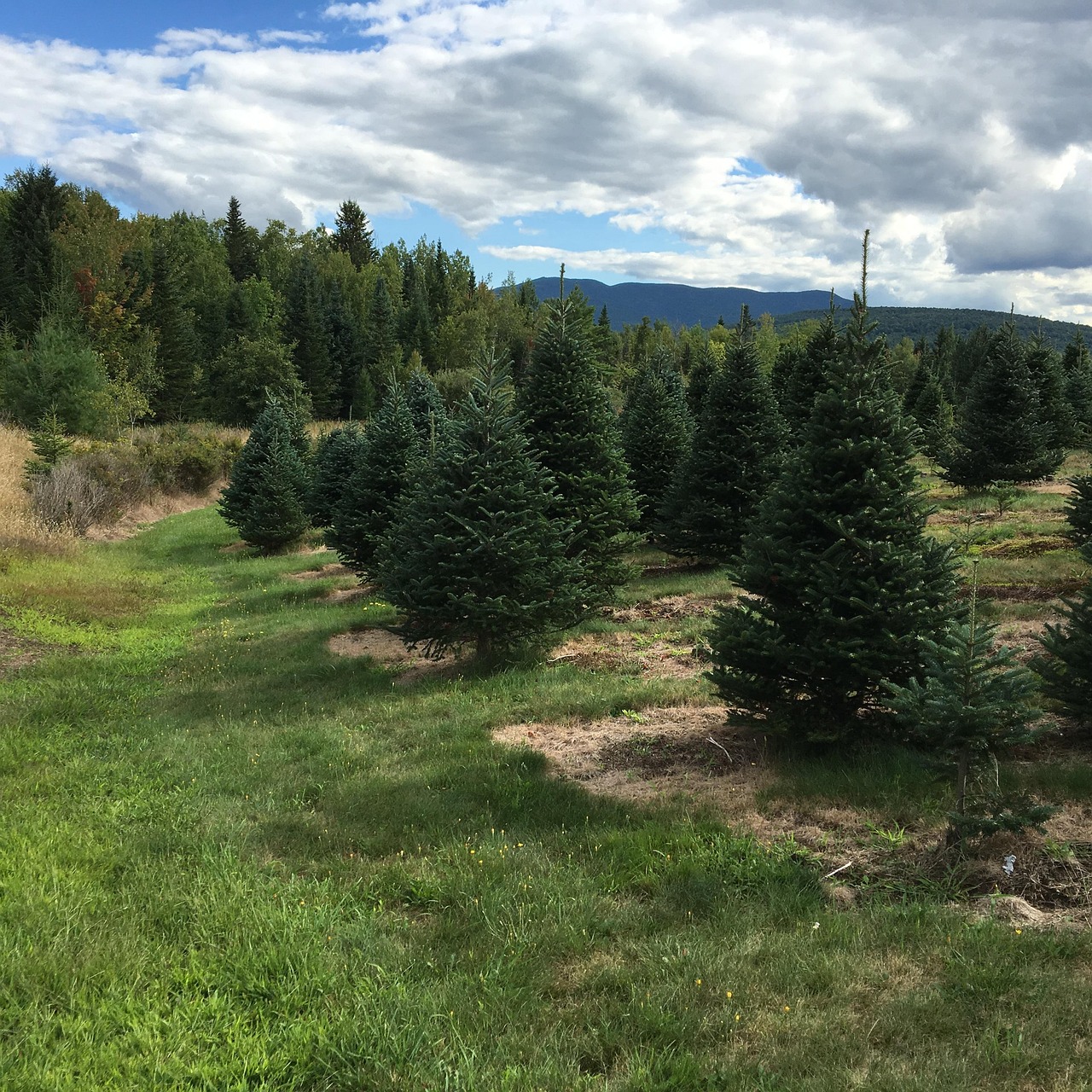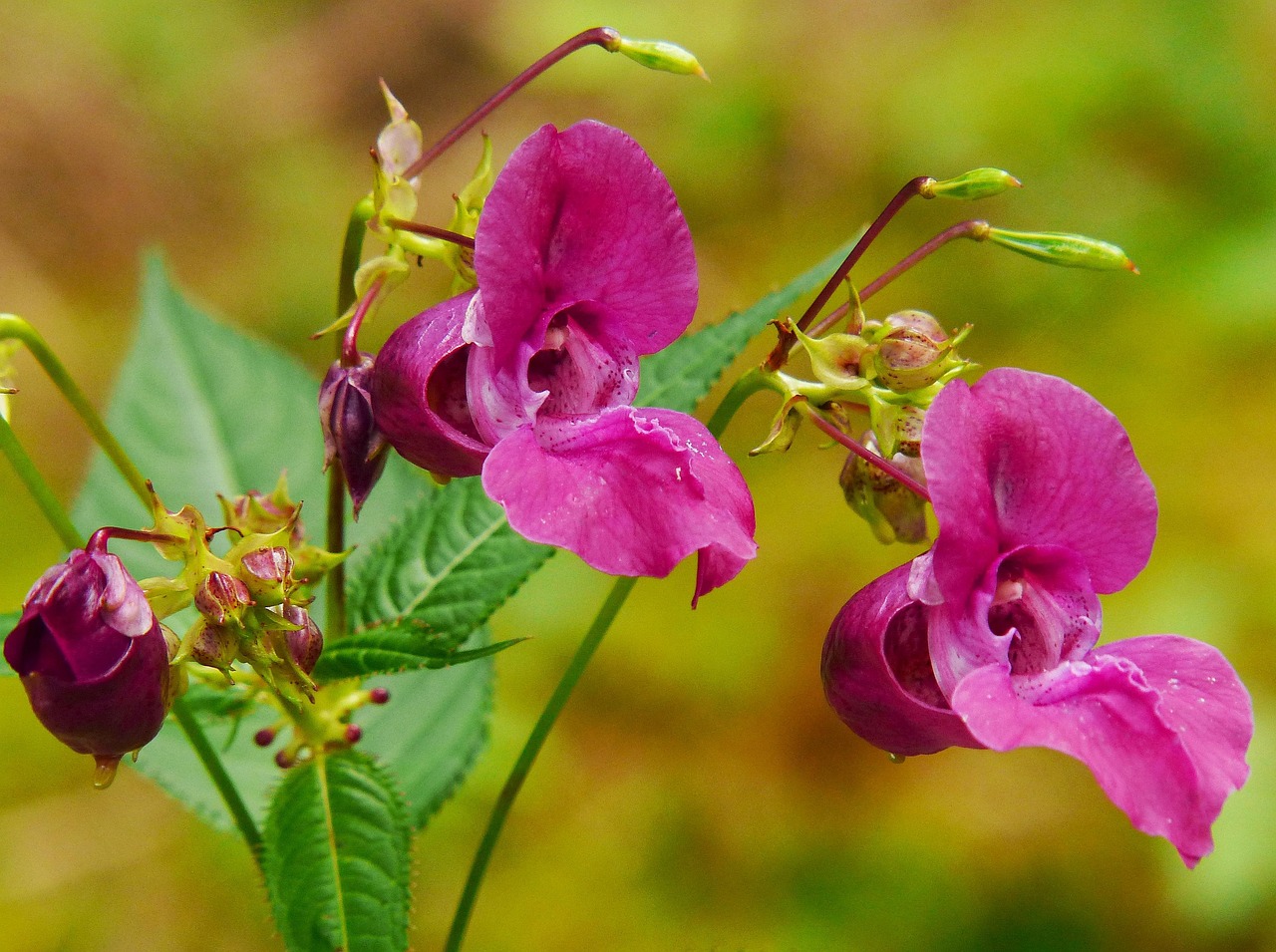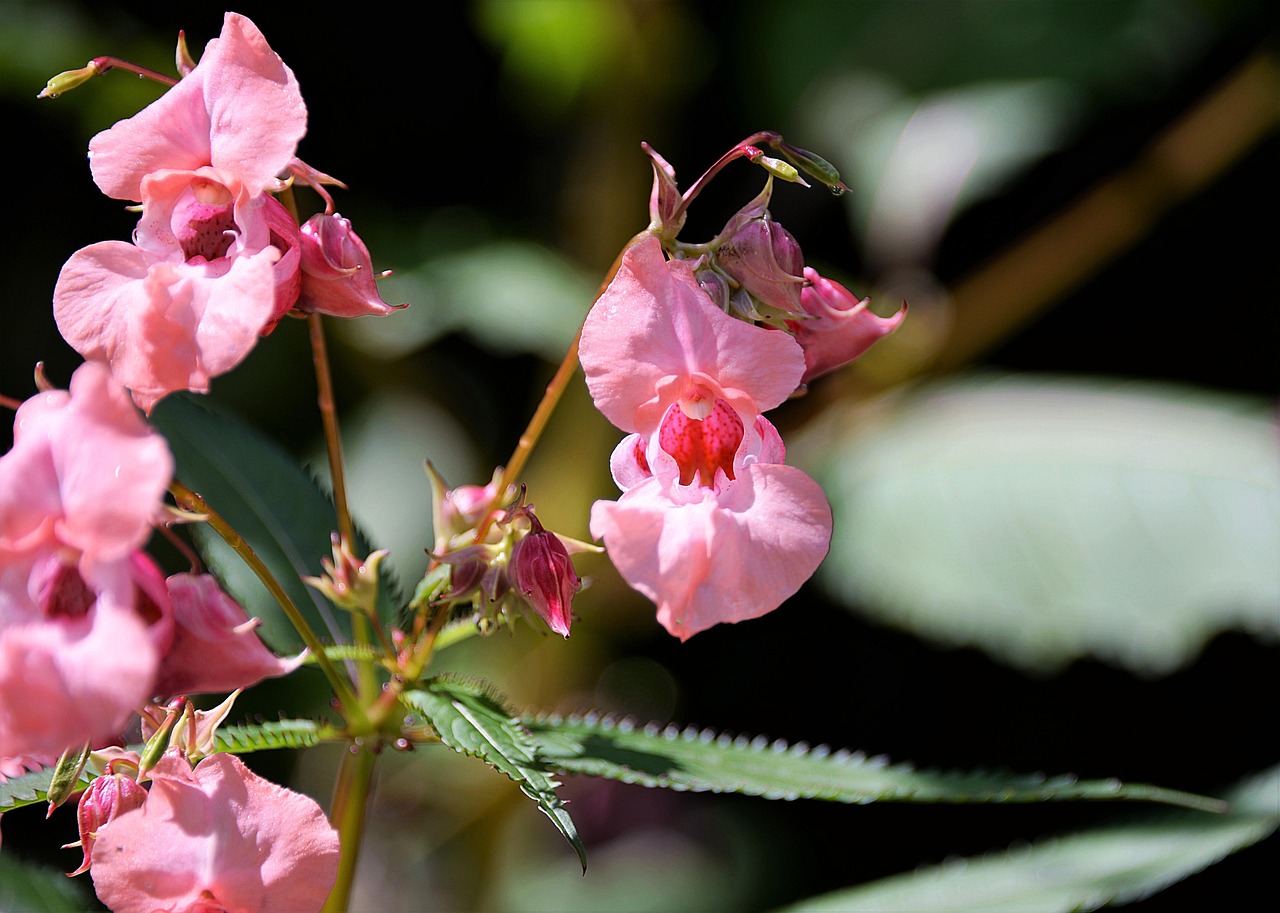Balsam fir sap has a fresh, pine-like aroma with sweet and resinous undertones. Its scent is often described as clean and invigorating, evoking the essence of a lush forest environment.
Understanding Balsam Fir and Its Characteristics
Balsam fir (Abies balsamea) is a species of fir tree native to North America. It is primarily found in the northeastern United States and Canada. This evergreen tree is well-known for its aromatic qualities, particularly in its sap, which holds significance in various cultural and economic contexts.

The balsam fir tree can reach heights of 40 to 60 feet. It features flat, dark green needles that are soft to the touch. These characteristics make it a popular choice for Christmas trees and landscaping. The tree also produces cones that are cylindrical and grow upright on the branches.
One of the most distinguishing features of the balsam fir is its sap. This sticky substance is produced when the tree is damaged, serving as a protective mechanism against insects and pathogens. The sap is not only functional but also prized for its aromatic properties.
The Aroma of Balsam Fir Sap
The scent of balsam fir sap can be attributed to its chemical composition. It contains various essential oils that contribute to its unique fragrance. When the sap is exposed to air, it releases a refreshing aroma that many people associate with the outdoors. Here are some key components that influence its smell:

- Alpha-Pinene: This compound gives off a sharp, fresh scent often linked to pine trees.
- Beta-Pinene: It adds a sweet, woody note that enhances the overall fragrance.
- Limonene: Present in smaller amounts, this compound introduces a citrus-like aroma.
- Bornyl Acetate: This component contributes a sweet, balsamic quality to the scent.
The combination of these compounds creates an invigorating fragrance that many find uplifting. People often describe the smell as reminiscent of walking through a dense forest filled with fresh pine and earthy notes.
Uses of Balsam Fir Sap
Balsam fir sap has been used for various purposes throughout history. Its aromatic qualities have made it valuable in several industries. Below are some common uses:
- Aromatherapy: The sap is often used in essential oils and diffusers for its soothing properties.
- Traditional Medicine: Indigenous peoples have utilized balsam fir sap for its healing properties, including treating respiratory issues.
- Crafting: The sap can be used in making candles and soaps due to its pleasant fragrance.
- Incense: The resin can be burned to produce a fragrant smoke during rituals or relaxation practices.
In addition to these uses, the scent of balsam fir sap is often associated with festive times of the year. Many people enjoy having balsam fir trees in their homes during the holiday season, as they fill the air with their delightful aroma.

Conclusion on Scent Perception
Individual experiences of scent can vary greatly. Factors such as personal preferences, memories associated with certain smells, and even environmental factors can influence how one perceives the aroma of balsam fir sap. For many, it brings back fond memories of outdoor adventures or holiday celebrations.
In summary, the smell of balsam fir sap is not just a sensory experience; it connects people to nature and evokes emotions tied to specific moments in life. Understanding this aroma deepens appreciation for this remarkable tree and its contributions to our environment and culture.
The Cultural Significance of Balsam Fir Sap
Balsam fir sap is not only appreciated for its fragrance but also holds cultural significance in various communities. Its use spans across traditional practices, celebrations, and even modern applications. Understanding these aspects provides deeper insight into the value placed on this remarkable tree.
Traditional Uses in Indigenous Cultures
Indigenous peoples of North America have long utilized balsam fir sap for various purposes. The sap was often harvested and used for medicinal remedies, spiritual practices, and everyday life. Some notable applications include:

- Healing Ointments: The resin was mixed with other natural ingredients to create balms for treating cuts, burns, and skin irritations.
- Rituals: Balsam fir sap was burned in ceremonies to purify spaces and invite positive energy.
- Craftsmanship: The sap was used in traditional crafting, such as in the making of waterproof containers or for sealing canoes.
These uses highlight the deep connection that Indigenous cultures have with the balsam fir tree and its sap. It is a testament to their understanding of nature’s gifts and the importance of sustainability.
Balsam Fir in Modern Culture
Today, balsam fir sap continues to play a role in various modern practices. It is especially popular during the holiday season, where its scent becomes synonymous with festive celebrations. Many people seek out balsam fir trees for their homes, while others turn to products made from balsam fir sap.
Commercial Applications
The commercial use of balsam fir sap has expanded in recent years. Some common applications include:
- Essential Oils: Balsam fir oil is extracted from the sap and used in aromatherapy for relaxation and stress relief.
- Candles: The sweet, pine-like aroma makes balsam fir a popular scent for homemade and commercial candles.
- Soaps and Personal Care Products: Many natural soaps and lotions incorporate balsam fir sap for its fragrance and potential skin benefits.
- Scented Products: Air fresheners and potpourri featuring balsam fir sap are marketed for their fresh, clean scent.
This commercial appeal demonstrates how the aroma of balsam fir sap has transcended traditional uses and found a place in modern consumer products.
Environmental Impact of Balsam Fir Harvesting
The harvesting of balsam fir sap raises important questions about sustainability and environmental impact. Responsible harvesting practices are essential to ensure that these trees continue to thrive in their natural habitats.
Sustainable Harvesting Practices
To minimize ecological damage, several strategies can be employed when harvesting balsam fir sap:
- Selective Tapping: Only certain trees should be tapped to avoid over-exploitation. This allows younger trees to grow and mature.
- Seasonal Harvesting: Sap should be collected during specific seasons when the tree’s sap flow is at its peak, typically in late winter or early spring.
- Monitoring Tree Health: Regular assessments of tapped trees can help ensure they remain healthy and productive.
By following these practices, harvesters can enjoy the benefits of balsam fir sap while preserving the ecological balance of forests.
The Aroma in Other Contexts
The scent of balsam fir sap extends beyond personal enjoyment; it is also integrated into various contexts that enhance human experiences. For example:
- Nature Trails: Visitors to forests where balsam fir trees grow often remark on the refreshing scent that permeates the air.
- Wellness Retreats: Some wellness centers use balsam fir in their aromatherapy sessions to create calming atmospheres.
- Culinary Uses: In some regions, small amounts of balsam fir needles or sap are used as flavorings in recipes, adding a unique twist to dishes.
This versatility showcases how the aroma of balsam fir sap enhances various aspects of life, connecting people to nature in multiple ways.
Balsam Fir Sap and Its Therapeutic Benefits
Balsam fir sap is not only celebrated for its aroma but also for its potential therapeutic benefits. Many individuals and practitioners in natural medicine believe that the sap possesses qualities that can promote well-being. These benefits range from physical health improvements to emotional and psychological enhancements.
Physical Health Benefits
The use of balsam fir sap in traditional medicine has been documented for centuries, particularly among Indigenous peoples. Some of the reported physical health benefits include:
- Respiratory Relief: The aroma of balsam fir sap is thought to help alleviate respiratory issues. Inhalation of the scent can open airways and provide relief from colds or congestion.
- Anti-Inflammatory Properties: Balsam fir sap is believed to possess anti-inflammatory effects, making it useful in topical applications for reducing inflammation and pain.
- Antimicrobial Effects: Some studies suggest that the compounds found in balsam fir sap may have antimicrobial properties, which can help in preventing infections.
While anecdotal evidence supports these claims, further scientific research is necessary to substantiate the health benefits of balsam fir sap fully.
Emotional and Psychological Benefits
The scent of balsam fir sap is often associated with feelings of calmness and relaxation. Here are some ways it may benefit emotional health:
- Stress Reduction: The fresh, woodsy aroma can reduce stress levels and promote a sense of tranquility. Many people use balsam fir in aromatherapy to create calming environments.
- Improved Mood: The uplifting scent can enhance mood and evoke feelings of happiness, which can be beneficial during challenging times.
- Enhanced Concentration: Some users report increased focus and mental clarity when exposed to the aroma of balsam fir sap, making it a popular choice in study or work environments.
This connection between scent and emotional well-being highlights the importance of incorporating natural aromas into daily life.
How to Use Balsam Fir Sap in Everyday Life
There are various ways to incorporate balsam fir sap into your daily routine. Whether through personal care products or home fragrances, here are some practical applications:
Aromatherapy and Essential Oils
Aromatherapy is one of the most popular methods for utilizing balsam fir sap. Here are some ways to use it effectively:
- Diffusers: Add a few drops of balsam fir essential oil to a diffuser to fill your space with its refreshing scent.
- Inhalation: Place a drop of balsam fir oil on a cotton ball and inhale the aroma directly for immediate effects.
- Massage Oils: Combine balsam fir oil with a carrier oil for a soothing massage that can relieve tension and promote relaxation.
Home Fragrance Options
Balsam fir sap can also be used to create inviting atmospheres in your home:
- Scented Candles: Consider using candles made with balsam fir for a warm, cozy ambiance.
- Pine-Scented Potpourri: Create potpourri with dried balsam fir needles and other fragrant herbs to naturally scent your living space.
- Simmer Pots: Simmer water with balsam fir sap or essential oil on the stove for an instant home fragrance.
Balsam Fir Sap in Culinary Applications
While less common, balsam fir sap can also find its way into culinary practices. Its unique flavor can add depth to various dishes. Here are some ways to use it:
Culinary Uses of Balsam Fir Sap
- Flavoring Agent: Small amounts of balsam fir sap can be added to marinades or sauces to impart a distinctive taste.
- Beverages: Some creative mixologists use balsam fir needles or syrups made from the sap in cocktails for a refreshing twist.
- Baking: Incorporate the essence of balsam fir into baked goods, such as cookies or cakes, for a unique flavor profile.
When using balsam fir in cooking, it is essential to ensure that the source is safe and suitable for consumption.
The Future of Balsam Fir Sap
The future of balsam fir sap looks promising, with increasing interest in natural products and sustainable practices. As more people seek alternatives to synthetic fragrances and products, the demand for natural resources like balsam fir sap is likely to grow.
This shift presents an opportunity for sustainable harvesting practices to flourish. By prioritizing eco-friendly methods, we can ensure that the benefits of balsam fir sap continue to be available for generations to come.
Exploring the Sensory Experience of Balsam Fir Sap
The experience of balsam fir sap transcends its aromatic qualities. It engages multiple senses, creating a connection with nature that many people cherish. The sound of rustling needles in the wind, the sight of verdant forests, and the feel of the soft needles underfoot all enhance the experience of its scent.
Each aspect of the balsam fir tree contributes to its overall appeal. The sight of the tall, majestic tree standing in a forest evokes feelings of grandeur. The texture of the needles provides a tactile experience that complements the rich aroma. Together, these sensory elements create a holistic experience that many people find grounding and invigorating.
The Role of Balsam Fir in Ecosystems
Balsam fir trees play a crucial role in their ecosystems. They provide habitats for various wildlife, including birds, mammals, and insects. These trees also contribute to soil health and carbon sequestration, making them vital for environmental sustainability.
As more people become aware of the ecological importance of balsam firs, conservation efforts are likely to increase. Protecting these trees and their habitats ensures that future generations can continue to enjoy the benefits they offer, both environmentally and sensorially.
Community Engagement and Education
Communities can play an essential role in promoting awareness about balsam fir sap and its uses. Educational programs can inform people about sustainable harvesting practices and the ecological significance of balsam fir trees. Workshops on using balsam fir in crafts, cooking, and aromatherapy can also foster greater appreciation for this natural resource.
Engaging local communities helps build a sense of stewardship towards balsam fir forests. By participating in conservation efforts and sustainable practices, individuals can contribute to preserving the beauty and benefits of balsam fir sap for years to come.
Final Thoughts
Balsam fir sap is more than just a pleasant aroma; it represents a connection to nature that many people find invaluable. Its fresh, pine-like scent evokes memories, enhances well-being, and contributes to cultural practices across generations. The diverse applications of balsam fir sap in aromatherapy, culinary uses, and traditional medicine highlight its versatility and importance.
As interest in natural products continues to rise, the future of balsam fir sap remains bright. Sustainable practices will be critical in ensuring that this precious resource is available for future generations. By understanding its benefits and significance, we can cultivate a greater appreciation for balsam fir sap and its role in our lives.
In conclusion, whether through its historical uses or modern applications, balsam fir sap leaves a lasting impression on those who encounter it. It invites us to engage with nature, explore our senses, and appreciate the gifts that the natural world offers. As we move forward, let us cherish and protect these remarkable trees and their aromatic sap.
